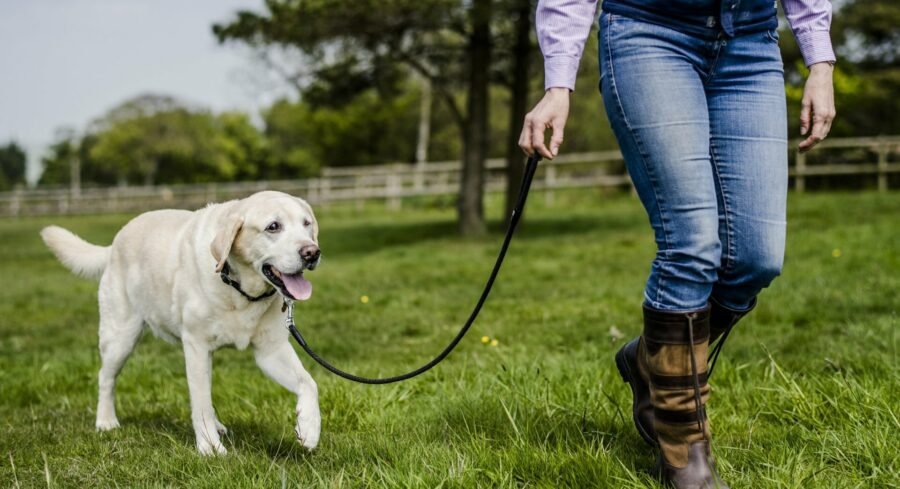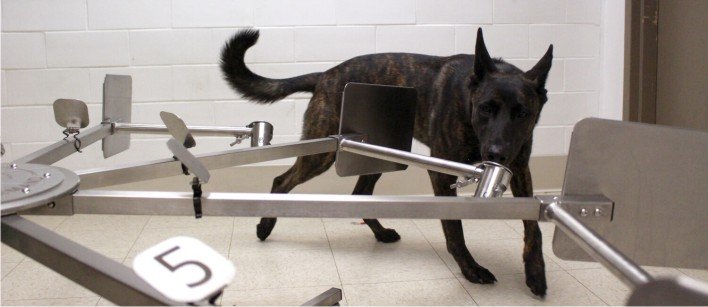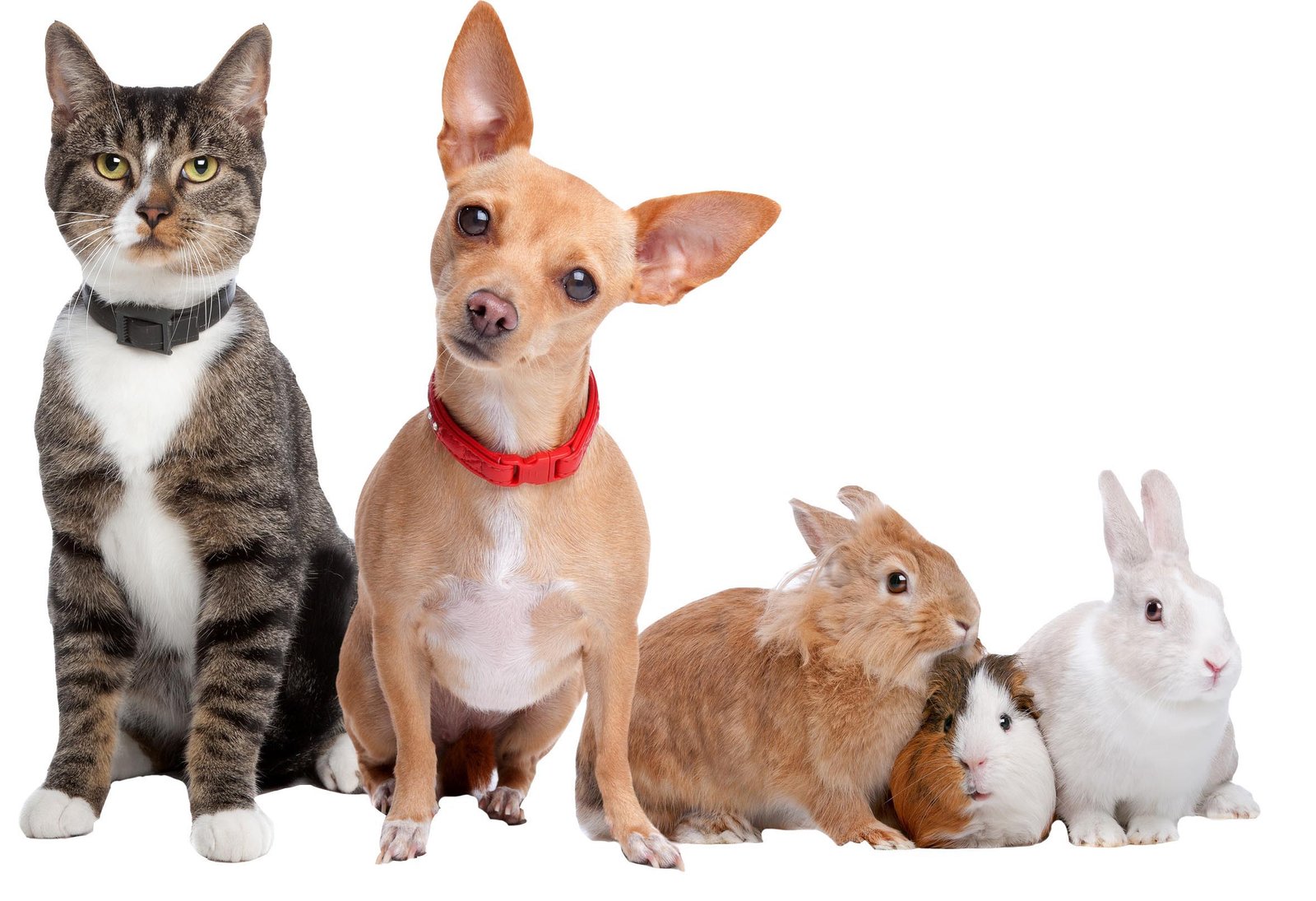Pets
How to Train Your Dog Like a Pro (Or At Least Like a Decent Human)

Dogs are amazing creatures. They can be loyal, loving, funny, and smart. But they can also be stubborn, naughty, messy, and loud. That’s why training your dog is essential if you want to have a harmonious and happy relationship with your furry friend. Training your pet can teach them good manners, basic commands, and proper behavior. It can also prevent or correct common behavior issues such as barking, jumping, chewing, digging, and biting. Plus, training your dog can be fun and rewarding for both of you.
But how do you train your dog like a pro? Or at least like a decent human being? Well, you don’t need to be a professional dog trainer or have a Ph.D. in canine psychology to train your dog. You just need some patience, consistency, and positive reinforcement. Here are some tips on how to train your dog properly and effectively:
Choose the Right Method
There are two common methods of training a dog: aversive-based and reward-based. Aversive-based training uses positive punishment and negative reinforcement, while reward-based training uses positive reinforcement and negative punishment. Positive punishment means adding something unpleasant to decrease a behavior (such as scolding or hitting). In contrast, negative punishment means removing something pleasant to decrease a behavior (such as ignoring or taking away a toy). Positive reinforcement means adding something pleasant to increase a behavior (such as praising or giving a treat). In contrast, negative reinforcement means removing something unpleasant to increase a behavior (such as stopping a leash tug or an electric shock).
Which method should you use? Well, most dog experts agree that reward-based training is the best way to train your dog. Reward-based training is more humane, effective, and enjoyable for both you and your dog. It can also strengthen your bond and trust with your dog. Aversive-based training, on the other hand, can cause fear, anxiety, aggression, and resentment in your dog. It can also damage your relationship and make your dog lose confidence and motivation.
So how do you use reward-based training? The key is to use positive reinforcement whenever your dog does something you want them to do. You can use treats, toys, praise, petting, or anything else that your dog likes as a reward. You can also use a clicker, a device that makes a sound when you press it. A clicker can help you mark the exact moment when your dog performs the desired behavior. You can then follow the click with a reward to reinforce the behavior. A clicker can be used to teach any dog command or trick.

Start with the Basics
Before you teach your dog any fancy tricks or skills, you need to teach them the basics. The basics are the essential commands that every dog should know for their safety and convenience. These include:
Sit:
This command teaches your dog to sit down on its hind legs. This can help you calm your dog down or prevent them from jumping on people or things.
Stay:
This command teaches your dog to stay in one place until you release them. This can help you control your dog’s movement or keep them out of trouble.
Come:
This command teaches your dog to come to you when you call them. This can help you recall your dog in case of danger or distraction.
Down:
This command teaches your dog to lie down on its belly. This can help you relax your dog or make them more submissive.
Leave it:
This command teaches your dog to leave something alone when you tell them to. This can help you prevent your dog from eating or grabbing something harmful or inappropriate.
To teach these commands, you need to use the following steps:
– Get your dog’s attention by saying their name or making a sound.
– Say the command clearly and firmly once.
– Lure your dog into the position or action you want them to do by using a treat or a toy.
– As soon as your dog does what you want them to do …click the clicker (if you’re using one) and reward them.
– Praise your dog verbally and pet them gently.
– Repeat the steps until your dog learns the command.
You can also use hand signals or gestures to accompany the verbal commands. This can help your dog understand you better and respond faster. For example, you can use a flat palm facing up for “sit”, a flat palm facing down for “down”, a finger pointing to the ground for “stay”, and a finger pointing to yourself for “come”.
The Ultimate Guide to Owning and Loving a Dog
Be Consistent and Patient
Training your dog is not a one-time thing. It’s a continuous process that requires consistency and patience. You need to train your dog regularly and frequently, at least three times a day for five minutes each time. You also need to use the same commands, signals, rewards and rules every time you train your dog. This will help your dog learn faster and remember better.
You also need to be patient with your dog. Don’t expect your dog to learn everything overnight or perform perfectly every time. Your dog is not a robot or a mind reader. Your dog is a living being with feelings, emotions, and personality. Your pet may make mistakes, get distracted, or have bad days. That’s normal and natural. Don’t get angry, frustrated, or disappointed with your dog. Don’t yell, hit, or punish your dog. Instead, be calm, positive, and supportive. Praise your dog when they do well and ignore or redirect them when they do wrong. Remember that training your dog is supposed to be fun and rewarding for both of you.
how to choose the best pet for you
Have Fun and Be Creative
Training your dog doesn’t have to be tedious. It can be fun and creative. You can use games, toys, puzzles, and challenges to make training more enjoyable and stimulating for your dog. You can also teach your dog some cool tricks and skills that can impress your friends and family. Some examples are:
– Shake: This trick teaches your dog to shake hands with you or someone else.
– Roll over: This trick teaches your dog to roll over on its back.
– Speak: This trick teaches your dog to bark on command.
– Fetch: This skill teaches your dog to retrieve something that you throw and bring it back to you.
– Heel: This skill teaches your dog to walk beside you without pulling on the leash.
To teach these tricks and skills, you can use the same steps as above: get attention, say the command, lure action, click and reward, praise and pet, and repeat. You can also use some variations or modifications to make it easier or harder for your dog. For example, you can use different objects for fetch, distances for the heel, or tones for speaking.
The possibilities are endless. You can also create your tricks and skills based on your dog’s personality and preferences. The only limit is your imagination.
Conclusion
You’ve just learned how to train your dog like a pro (or at least like a decent human being). You’ve learned how to choose the right method, start with the basics, be consistent and patient, have fun and be creative, and teach your dog some cool tricks and skills. Now you’re ready to enjoy a harmonious and happy relationship with your furry friend.
But don’t stop here. Training your dog is a lifelong journey that never ends. There’s always something new to learn, something new to teach, something new to experience. So keep training your dog regularly and frequently, and keep exploring new ways to make it fun and rewarding for both of you.
And don’t forget to share your progress and achievements with others. Let us know how your training is going in the comments below. Tell us what you’ve taught your dog, what challenges you’ve faced, and what tips you’ve learned. We’d love to hear from you and learn from you.
And if you found this post helpful, please share it with your friends and family who have dogs or are thinking of getting one. They’ll thank you for it. And so will their dogs.
-

 Gift ideas7 months ago
Gift ideas7 months agoGift for Men – Choose the Perfect Gift for Your Outdoor Adventurer
-

 Shoes2 months ago
Shoes2 months agoShoes Maketh the Man: 5 Must-Have Shoes for Every Fashionable Man
-

 Home & Kitchen8 months ago
Home & Kitchen8 months agoThe Best Air Fryers for Large Families in 2024
-

 Pets9 months ago
Pets9 months agoThe Best Dog Leashes of 2024
-

 GIfts for Men7 months ago
GIfts for Men7 months agoGifts for Men – Choose the Perfect Gift for Your Gamer
-

 Style2 months ago
Style2 months agoThe Gentleman’s Guide to Dressing for Dinner – All You Need to Know
-

 Tech4 months ago
Tech4 months agoThe Best Variations of Fitness and Activity Trackers
-

 Pets11 months ago
Pets11 months agoBest Pets for You: The Ultimate Guide to Happiness and Health with Furry Friends




